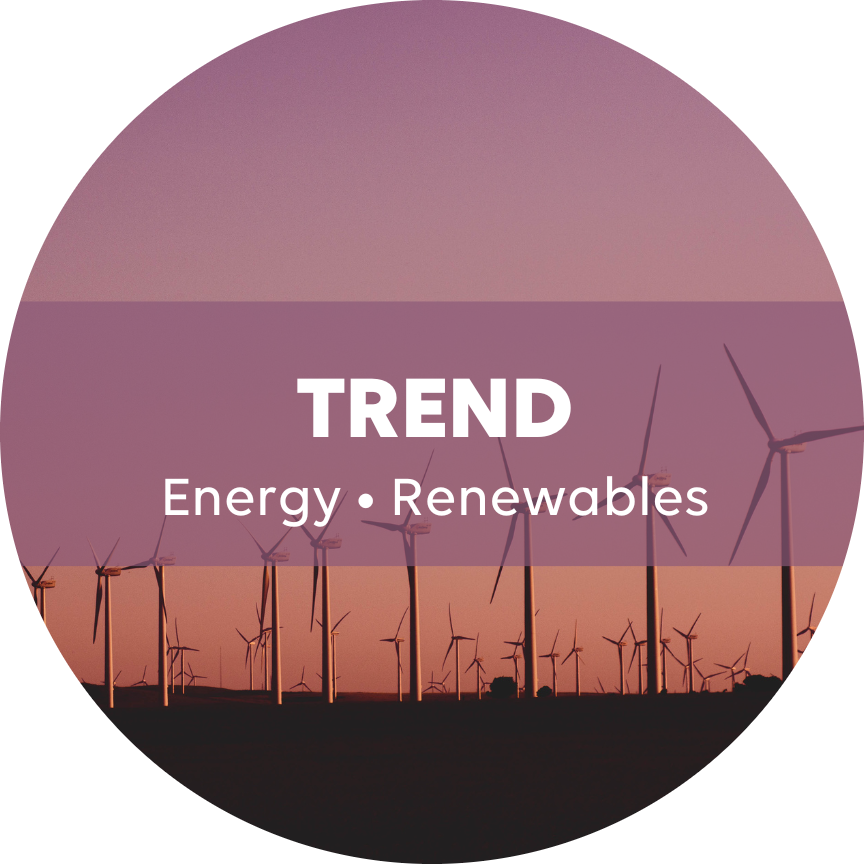Energy • With PPAs, businesses and cities are securing the production and supply of low-carbon electricity
A major trend that the pandemic had little impact on was the increasing number of businesses that are contractualising their long-term renewable electricity supply through Power Purchase Agreements (PPAs), which contribute to the installation of new renewable production capacities and ensure that producers have a stable revenue.

A major trend that the pandemic had little impact on in 2020 was the increasing number of businesses that are contractualising their long-term renewable electricity supply through Power Purchase Agreements (PPAs). These contracts also contribute to the installation of new renewable production capacities, by ensuring that producers have a stable revenue. This movement has already spread to large Australian and American municipalities, as well as to the city of London in 2020.
- As commitments favouring renewables are multiplying, their implementation is becoming more organised
- With PPAs, cities and businesses are diversifying their methods for the supply of renewable energy. Energy Attribute Certificates are essential cogs in the machine, but they have a limited impact.
- Following an exponential increase in adoption among businesses, PPAs are now being signed by cities.
- The civil society and municipalities are exploring alternative models of renewable energy production.
Since the creation of Energy Attribute Certificates, the standard for claiming a supply of renewable energy, meant to stimulate the market and assist producers, it is evident that overall the assessment was mixed: the demand does not meet the supply, the prices are low, and their credibility has been called into question. As an alternative, the Power Purchase Agreements, sales contracts for electricity from renewable origins, directly drawn up between a producer and a consumer, have experienced a thriving success by securing a stable revenue over the long term for producers, who are able to install large capacities, and also by guaranteeing the supply of renewable energy to high-energy consumers (often businesses, but also a few cities more recently).
In parallel: whilst energy communities were becoming increasingly important with their sights set on citizen re-appropriation of electricity production, they are now being left to the side in “wholesale market” and find themselves at threat, even in the countries where they were established. Some cities, however, are still managing to give a voice to their inhabitants through local companies who generate or supply electricity. But the question remains: for how much longer? The recent bankruptcy of several of them has planted a seed of doubt with regards to their resilience.



